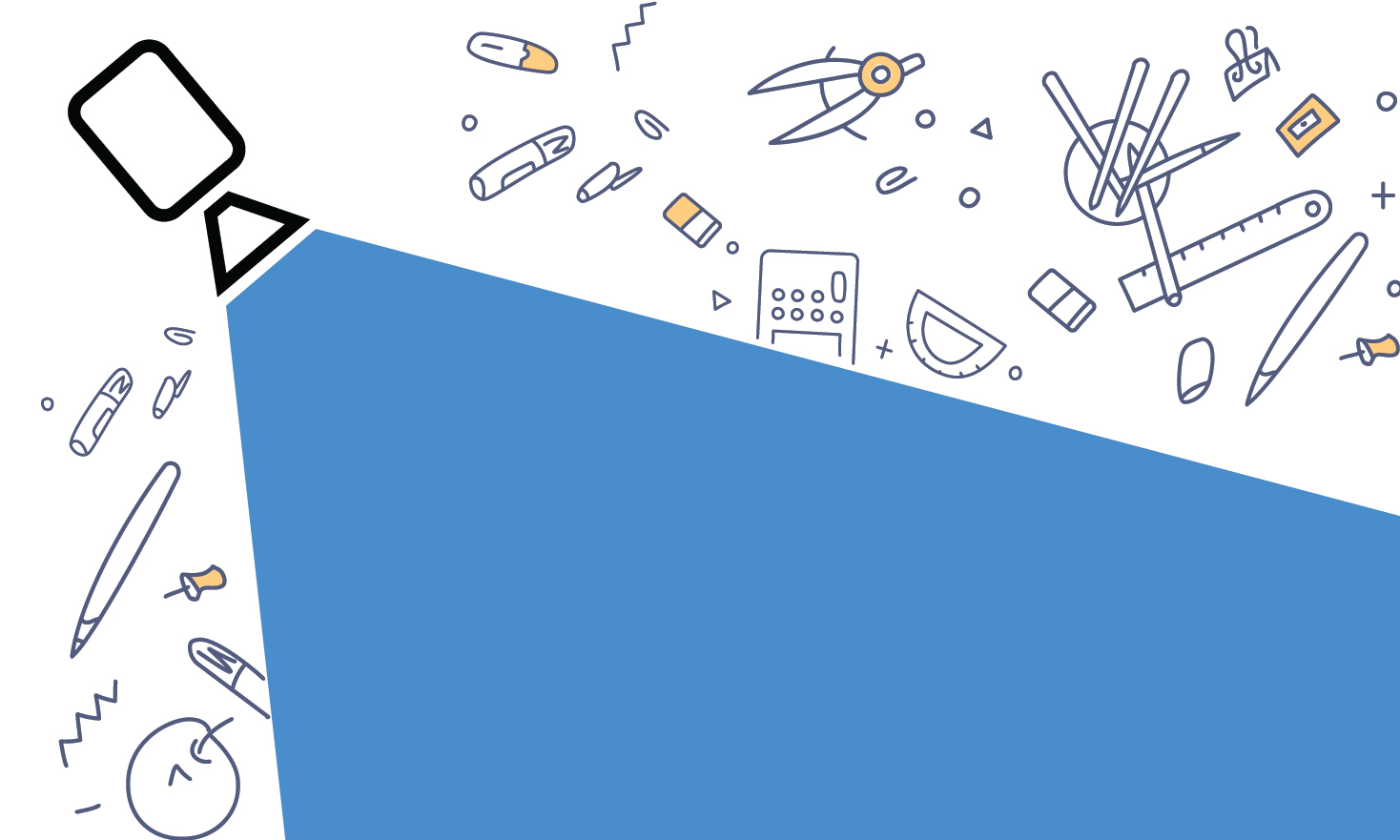

One year of higher studies online and this is what lecturers have been experiencing — wait for students to join class, do the best to engage them and now exams are a challenge for teachers too. There are a few tricks practiced by students and teachers are catching on.
To begin with there was a challenge with WiFi networks, having the right technology and adapting to the new environment.
Today the scenario is different; there are WhatsApp groups within the classrooms and one which could include the teacher as well. They might be out of sight in the classroom but definitely on the mind of the teachers.
Sonia Ambrosio, a lecturer in journalism at Sultan Qaboos University, has been teaching in Oman for the last 12 years and then came March of 2020, throwing everyone’s lives into the new norm affecting students and teachers too.
ONLINE CLASSES

With lockdown and remote working came online classes with students from different parts of the country joining classrooms conducted on digital platforms.
“When the lockdown came in the first semester it was a shock for everyone and it was not just about technology but emotional shock for students who are just 19 and 20 years of age. By the time it was second semester it was like, ‘we can do it Miss,’ but now I feel students are missing out and they do not have a prospect of the future and are probably in a confused zone.”
“The contact with their classmates and lecturers are important and they are missing that. As for the boys, sometimes they are the oldest child in the family and staying at home, unlike before when they were staying on campus, they could be distracted with responsibilities, even chores and happenings at home,” explained Ambrosio.
Another issue is the numbers of courses students take per semester, she pointed out, “Some of them take six courses online and it is difficult. Mentally and emotionally it is not fair as it is a heavy load for students to digest. While online it can be challenging to engage the students in case the idea of independent studying is not strong. One could study for three hours but it may not be effective. I also feel exams online are also not very effective. So I have been giving assignments.”
Dr Saad al Jabri, Asst Professor, University of Technology and Applied Science, Sohar, feels that distance education as a mode of teaching can apply for certain courses.
“There is an advantage of this mode of teaching by enriching the experience of academic staff with a new experience. Also this is applied for students. The teaching in engineering needs more visualisation, imagination and critical thinking to solve complex problems. At in-class learning mode, more interactive lectures and tutorials are delivered to force all the students to participate and prompt feedback is given to the students. In addition, group discussion is arranged for a student project which is one of the main assessments of most of the courses.
Unfortunately, this could not be applied in some of these exercises during the online learning mode,” explained Dr Al Jabri.
BIGGEST CHALLENGE
Another factor is that most of the engineering courses have the practical part of the course.
“This is the biggest challenge we face. The students have to touch and feel about the results they get in the experimentation part. My observation is that the majority of the students are not studying well and are waiting for the assessments given by the lecturer to search on the Internet for a solution or get help from other sources. Also for the group projects the students find it difficult to arrange meetings in person and rely on online discussion. This is not useful for low skill and dependent students. The students who are living in close proximity regionally, and arranged meetings with lecturers have better submissions than the others,” he noted.
Another major which needs practical classes in addition to theory classes is the medical field.
According to Dr Manal al Zedjali, Dean of the Higher Institute of Health Specialities, changing the culture of teaching was a challenge.
“It was a challenge indeed, but with persistence and team decision things worked out. However, to teach medical personnel online, you need much more than just a meeting platform and this is what we were not ready for. Our main challenges were lack of STS preparedness, lack of teachers’ preparedness for the sudden change as well as lack of appropriate resources,” said Dr Al Zedjali.
To retain media students’ engagement in class, journalism professor Sonia has a technique to ensure the students are in complete focus - all of a sudden she might ask the student to show what’s outside their room window.
“As journalists I want them to observe their backdrop when they are on camera and observe around them. It has been creating a rich experience because we get to see from Saham in North Al Batinah to Sadah in Dhofar,” concluded the professor.
Whatever the class is and the subject the camera must be switched on as it is the right of the teacher to see the students they are teaching.
Oman Observer is now on the WhatsApp channel. Click here



